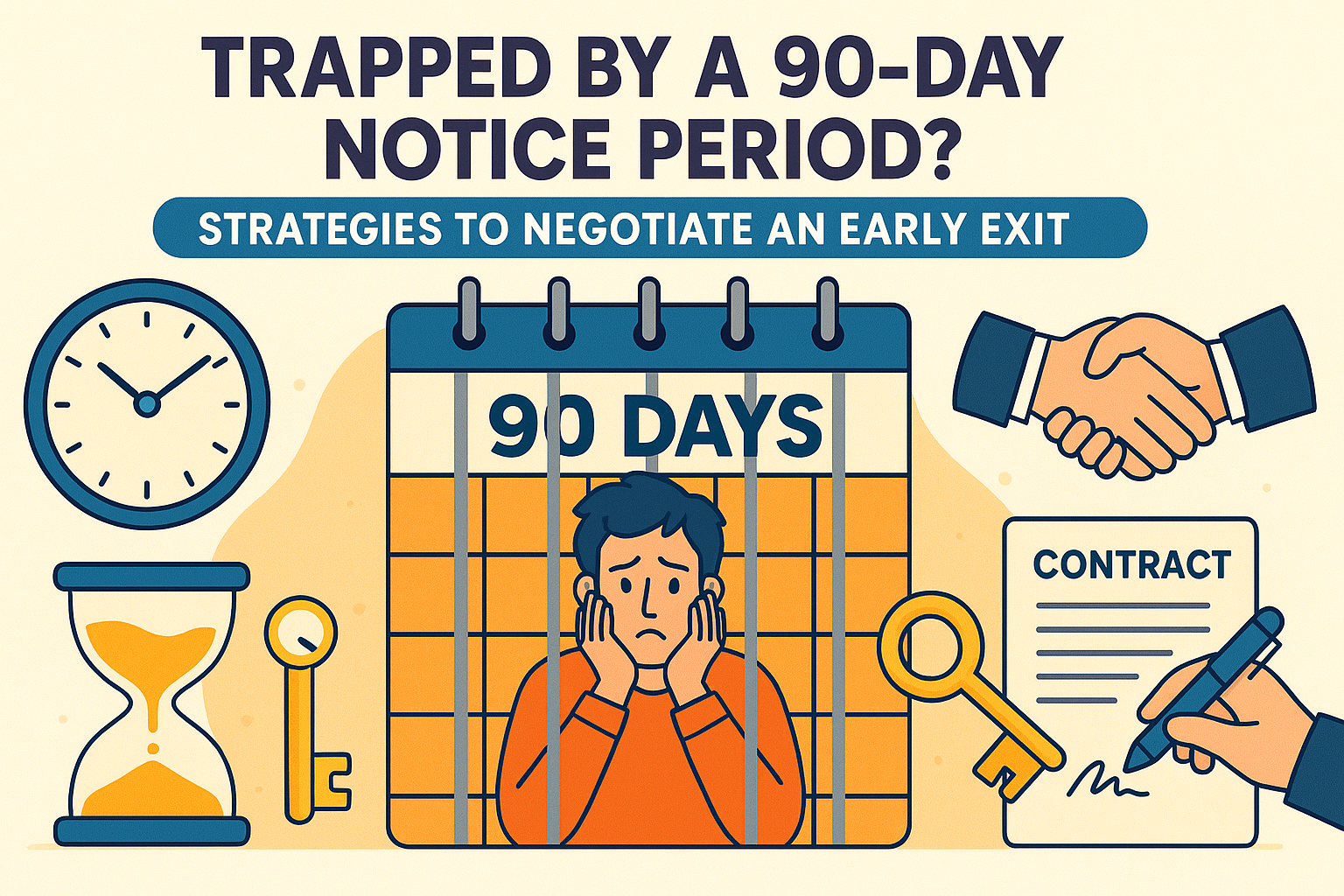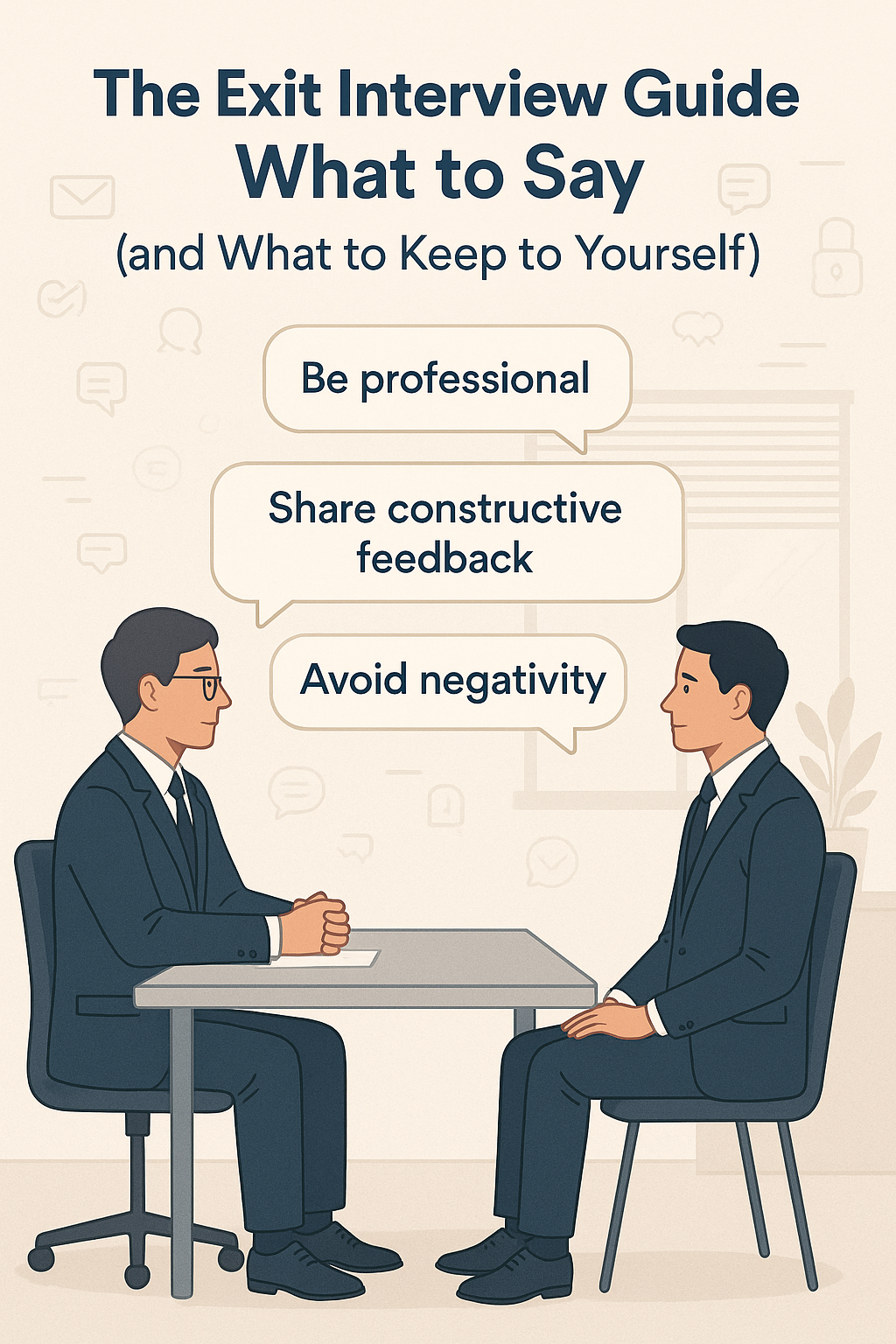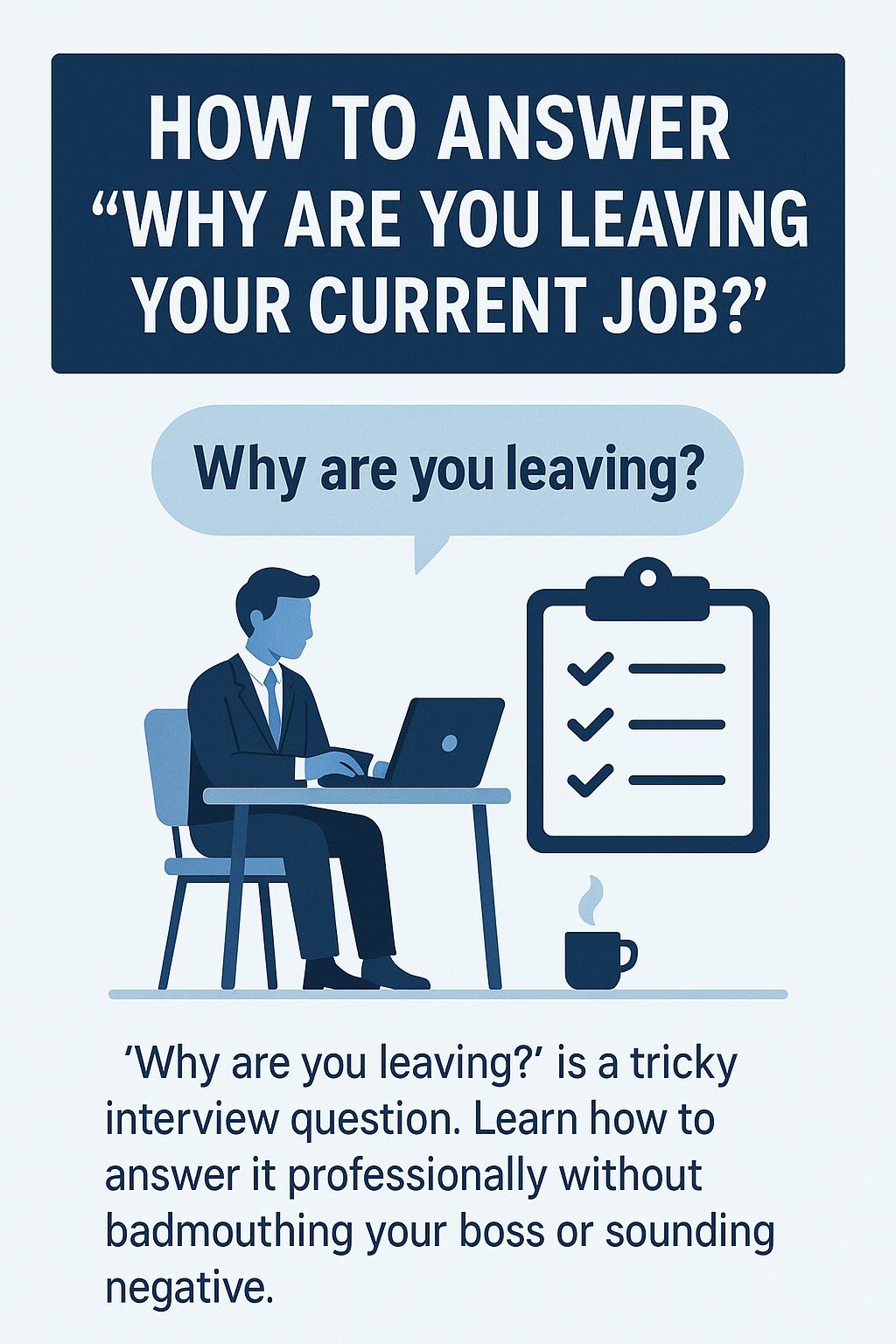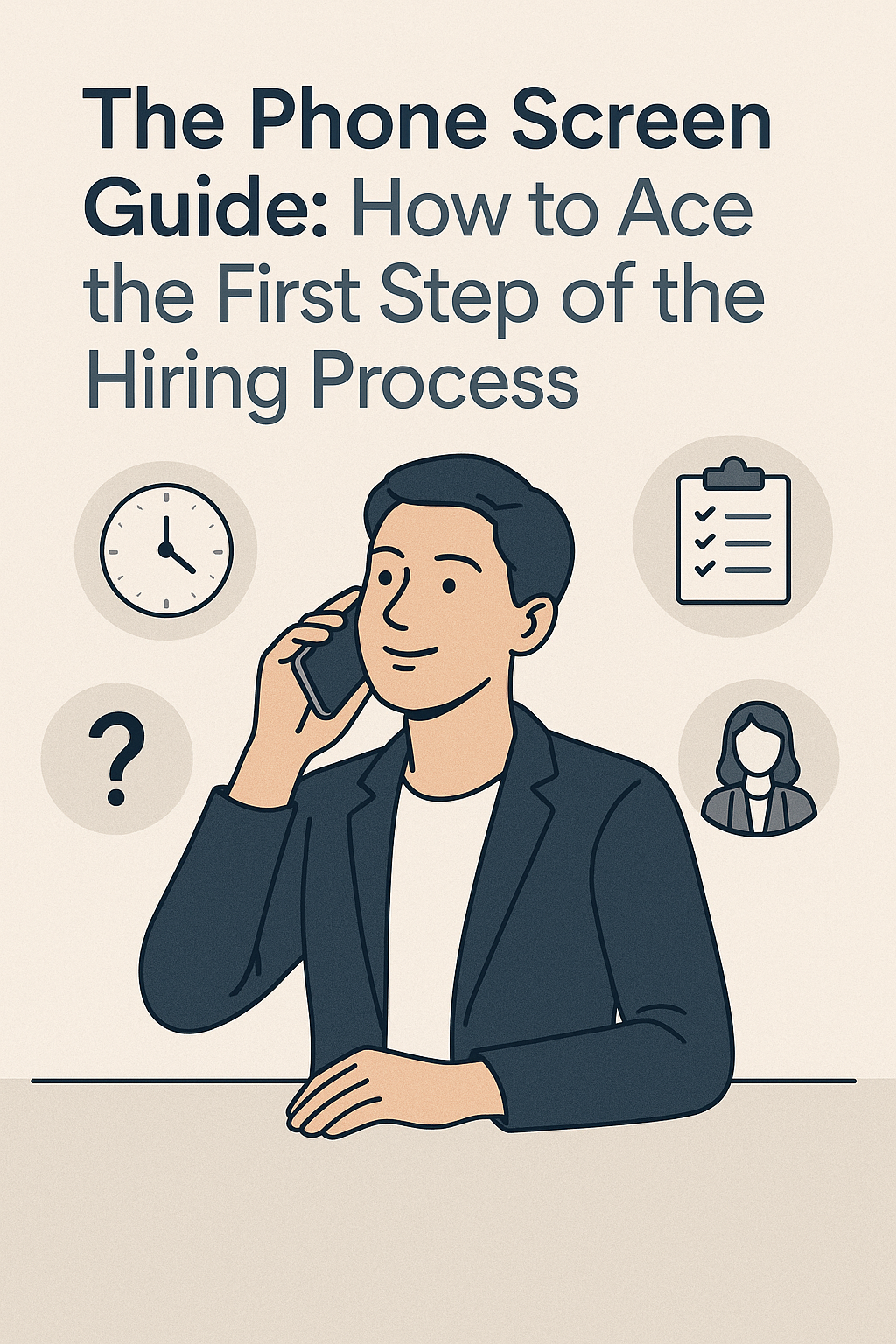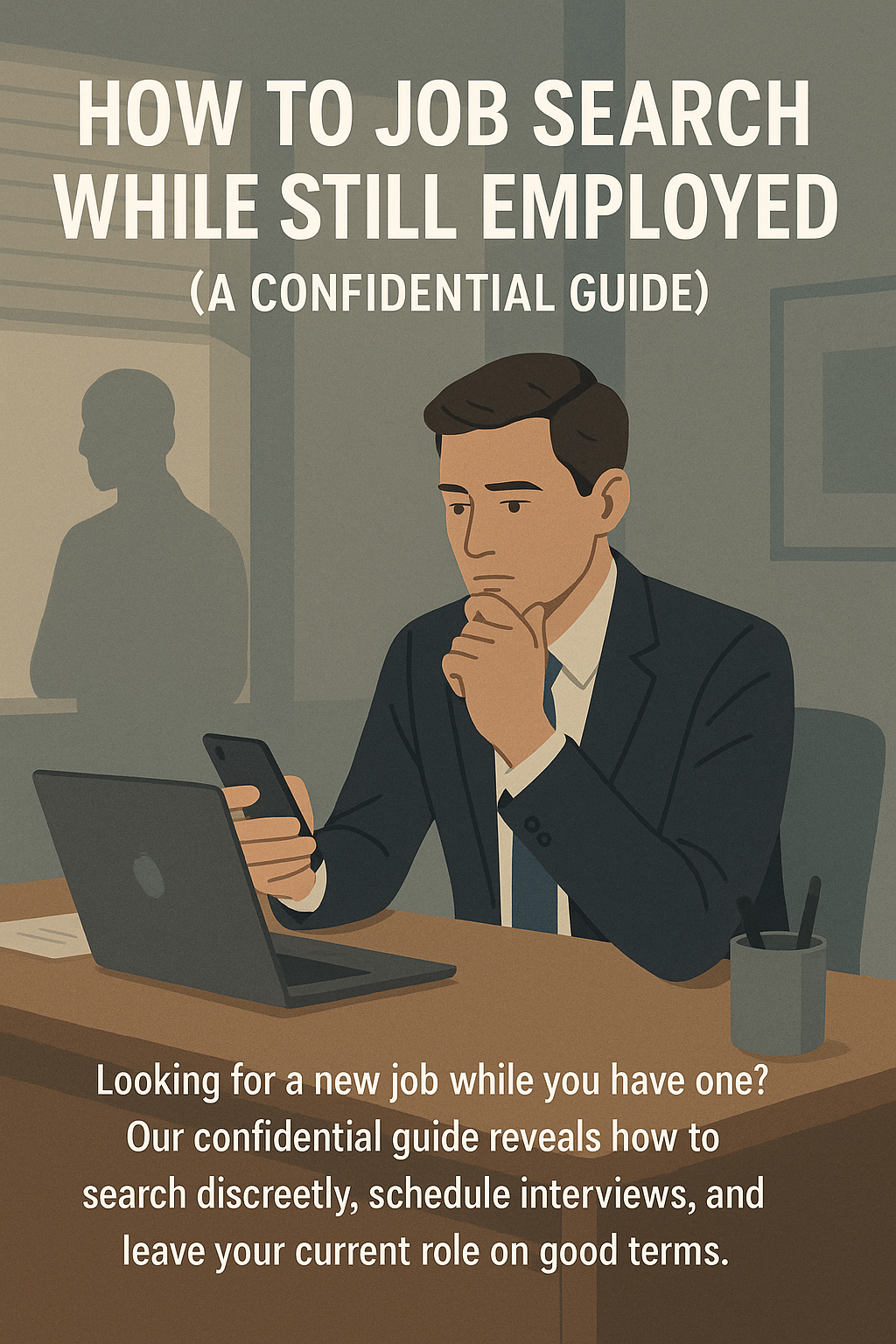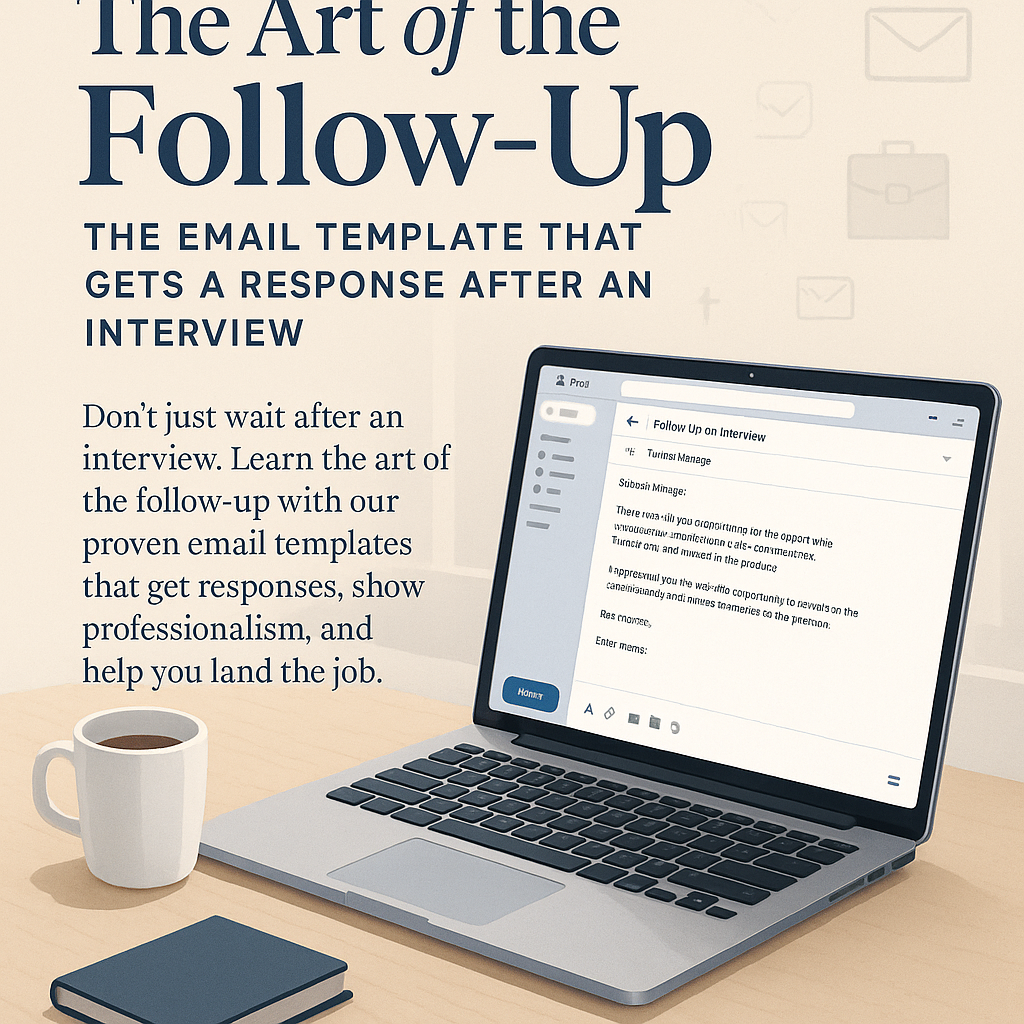
The Art of the Follow-Up: The Email Template That Gets a Response After an Interview
You’ve done it. You navigated the tricky interview questions, built a great rapport with the hiring manager, and left the conversation feeling confident and optimistic. You feel a wave of relief wash over you. The hard part is over, right? Now, you just sit back and wait for the good news to roll in. This is the exact moment where the majority of job candidates drop the ball. They enter the post-interview "waiting game," a passive, anxious period of refreshing their inbox a hundred times a day, letting their fate rest entirely in the hands of the hiring committee.
This passive approach is a massive strategic error. The time immediately following an interview is not a waiting period; it is a critical, final opportunity to make a lasting impression. The art of the follow-up is one of the most underrated yet powerful skills in a job seeker’s toolkit. A well-crafted follow-up email is not nagging, nor is it desperate. It is a mark of a true professional. It’s a strategic communication that accomplishes several crucial goals: it reiterates your genuine interest in the role, it shows courtesy and professionalism, it keeps you top-of-mind amidst a sea of other candidates, and most importantly, it gives you one last chance to reinforce your value proposition.
In a competitive job market, where a hiring manager might interview a dozen qualified candidates, the one who follows up thoughtfully and professionally is often the one who stands out. It’s the small detail that can tip the scales in your favor. This guide will teach you the art and science of the perfect follow-up. We will provide you with a clear strategy, proven templates, and a deep understanding of how to turn a simple "thank you" into a powerful tool of persuasion.
Why a Follow-Up Email is a Non-Negotiable Step
Let’s be clear: sending a follow-up email is not optional. It is a fundamental part of a professional and thorough job search. If you are not sending one, you are putting yourself at a significant disadvantage. Here's why it's so critical.
- It Reinforces Your Enthusiasm: Companies want to hire people who are genuinely excited about working for them. A prompt and personalized follow-up email is the most effective way to communicate your sincere interest in the role and the company.
- It Demonstrates Professionalism and Courtesy: It’s just good manners. The interviewer took time out of their busy schedule to speak with you. Acknowledging that with a thank-you note shows respect and is a hallmark of a professional who pays attention to the details.
- It Keeps You Top-of-Mind: Hiring managers are incredibly busy. After a full day of back-to-back interviews, candidates can start to blend together. Your follow-up email, arriving in their inbox the next morning, serves as a powerful reminder of who you are and the great conversation you had.
- It's Your Final Sales Pitch: This is your last chance to add a crucial point you may have forgotten to mention, or to expand on an answer you gave during the interview. It allows you to connect a specific challenge the company is facing (which you learned about in the interview) directly to a skill or experience you possess.
The Anatomy of a Perfect Follow-Up Email
A great follow-up email is a masterful blend of brevity and impact. It should be concise, professional, and easy to read. It has five key components.
1. The Subject Line: Clear and Professional
Don't get fancy here. The goal is clarity. Your subject line should be simple and immediately recognizable. Some of the best formats include: * "Thank you - [Job Title] Interview" * "Following up on our conversation about the [Job Title] role" * "Great to speak with you today"
2. The Opening: A Prompt and Personal Thank You
Open your email by addressing the interviewer by name and expressing your gratitude for their time. Be specific about the role you interviewed for and the date.
For example:
"Dear Mr. Sharma,
Thank you so much for taking the time to speak with me yesterday afternoon about the Senior Marketing Manager position."
3. The Body: The Value-Add and Personal Connection
This is the most important part of the email and where you can truly differentiate yourself. Do not just say "I enjoyed our conversation." Instead, reference a specific topic you discussed. This proves you were actively listening and helps to jog their memory.
Your goal is to add value. Connect a point from your conversation back to your qualifications. For example:
"I particularly enjoyed our discussion about the challenge of expanding into Tier-2 markets. It solidified my interest in the role, as my experience in launching regional campaigns at my previous company aligns directly with that strategic goal. The project where I increased lead generation in the Pune and Jaipur markets by 40% gave me a playbook that I am confident could be adapted to your needs."
This paragraph is incredibly effective. It shows you were listening, it reminds them of a relevant achievement, and it directly frames you as the solution to their problem.
4. The Closing: Reiterate and Look Forward
Your final paragraph should be a concise and confident closing. Briefly reiterate your enthusiasm for the role and the company.
For example:
"After our conversation, I am more confident than ever that my skills and passion for data-driven marketing would make me a valuable asset to your team at [Company Name]. I am very excited about the opportunity to move forward in the hiring process."
5. The Signature: Clean and Simple
End with a professional closing like "Best regards" or "Sincerely," followed by your full name, phone number, and a link to your LinkedIn profile.
Timing is Everything: When to Send Your Follow-Up Emails
There are two key moments for a follow-up.
The Immediate Thank-You Note
This email should be sent within 24 hours of your interview. Sending it the same afternoon or the following morning is perfect. This timing shows that you are prompt, organized, and genuinely appreciative.
The "Checking In" Email
If the recruiter gave you a timeline for when you would hear back (e.g., "We will be making a decision by the end of next week"), do not contact them before that timeline has passed. If the date passes and you haven't heard anything, wait one or two additional business days and then send a polite "checking in" email.
Proven Templates You Can Adapt
Here are some templates you can use as a starting point. Remember to always personalize them with specific details from your conversation.
Template 1: The Immediate Thank-You Note (Within 24 Hours)
Subject: Thank you - [Job Title] Interview
Dear [Interviewer's Name],
Thank you again for taking the time to meet with me today to discuss the [Job Title] position. I truly enjoyed learning more about the role, the team's goals, and the innovative culture at [Company Name].
I was particularly interested in our conversation about [Specific Topic Discussed]. It sounds like a fascinating challenge, and it aligns closely with my experience in [Your Relevant Skill or Experience]. I am confident that my work in [Mention a brief, relevant achievement] could help your team achieve [Specific Goal They Mentioned].
After our discussion, I am even more enthusiastic about this opportunity and the possibility of contributing to your team. I look forward to hearing about the next steps.
Best regards,
[Your Name] [Your Phone Number] [Link to Your LinkedIn Profile]
Template 2: The "Checking In" Email (After the Timeline Has Passed)
Subject: Checking in on the [Job Title] Role
Dear [Recruiter's or Hiring Manager's Name],
I hope you're having a great week.
I'm writing to politely follow up on my interview for the [Job Title] position on [Date of Interview]. You had mentioned that a decision might be made around [Date they gave you], and I just wanted to check in on the status of the role.
I remain very interested in the opportunity and am eager to hear about any updates. Please let me know if there is any additional information I can provide.
Thank you for your time and consideration.
Sincerely,
[Your Name] [Your Phone Number] [Link to Your LinkedIn Profile]
Final Polish: Mistakes to Avoid
- Typos and Grammatical Errors: Proofread your email multiple times. A single error can make you look careless.
- Being Too Generic: "Thank you for the interview. I am still interested." This is a wasted opportunity. Always add a specific, personal touch.
- Being Too Pushy: Do not bombard them with emails. Follow the timeline and the two-step process.
- Making it Too Long: Keep it concise and respectful of their time. Four short paragraphs is a good rule of thumb.
Conclusion: The Final Handshake
The job interview doesn't end when you leave the room. It ends when you send a powerful, professional, and personalized follow-up email. It's your final handshake, your last chance to make a case for why you are the best candidate for the job.
By treating the follow-up as a strategic part of your interview process, you differentiate yourself from the competition and significantly increase your chances of moving forward. A great resume, built with a tool like the JobPe Resume Builder, gets you in the door. A great interview performance, honed by practicing with common interview questions, makes them want to hire you. And a great follow-up email seals the deal.
To find more opportunities where you can put these strategies into practice, visit us at https://jobpe.com.

Creative Content Writer


